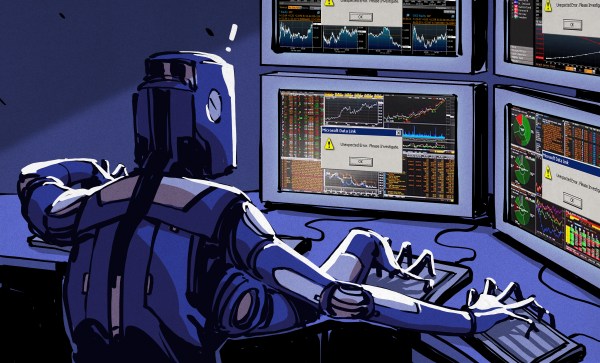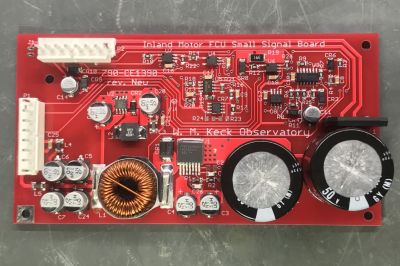In the middle of the East Coast’s slow broil in the summer of 2018, a curious phenomenon surfaced. As a tropical air mass settled in and smothered the metropolitan New York area, a certain breed of stock speculator began feeling the financial heat as the microwave signals linking together various data centers and exchanges began to slow down. These high-frequency traders rely on getting information a fraction of a second before other traders see the same thing and take advantage of minuscule price differences to make money hand over fist.
While you won’t catch us shedding many tears over the billions these speculators lost during the hot spell, we did find the fact that humidity can slow microwave propagation enough to make this a problem for them a fascinating subject, enough so that we covered it in some detail at the time. While financial markets come and go and the technology to capitalize them changes at a breakneck pace, physics stays the same, and it can make or break deals with no regard to the so-called fundamentals.
So it was with great interest that we happened upon Tom Scott’s recent video outlining how one new stock exchange is using physics to actually slow down stock trades, in an attempt to gain a competitive advantage over the other exchanges. In light of the billions lost over the summer to propagation delays amounting to a mere 10 microseconds, we couldn’t help but wonder how injecting a delay 35 times longer using a “magic shoebox” was actually good for business. It turns out to be an interesting story.
Continue reading “Putting The Brakes On High-Frequency Trading With Physics”














